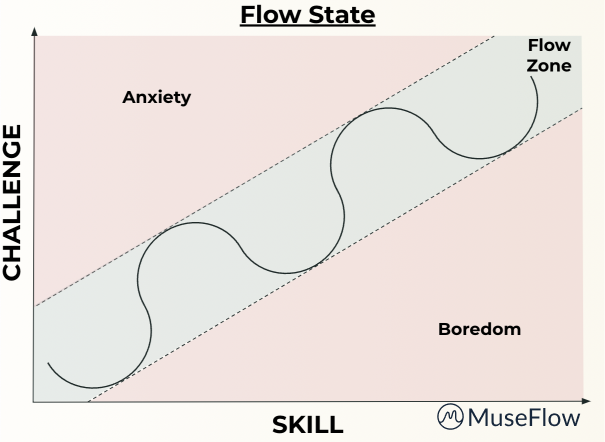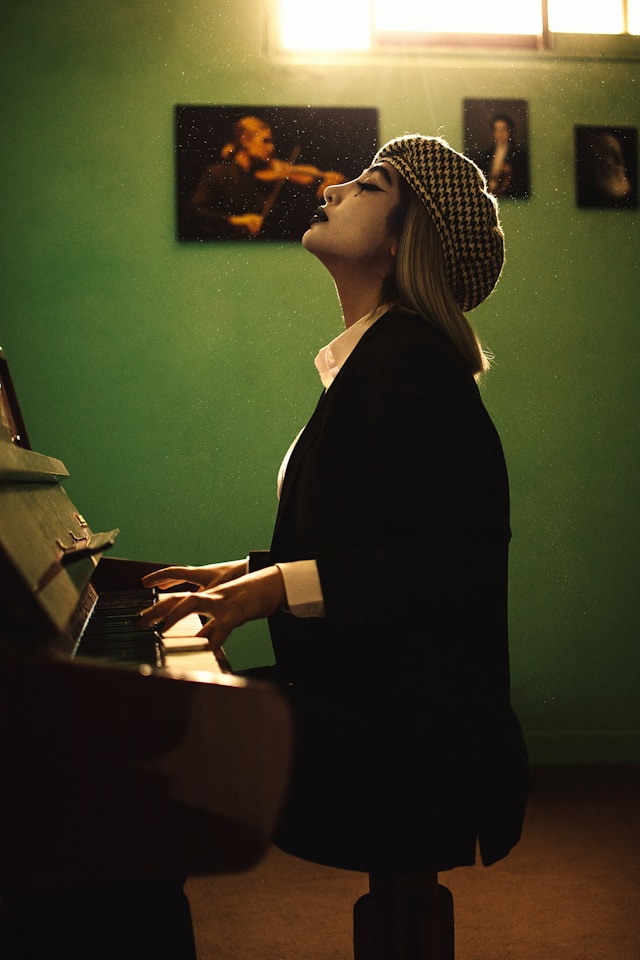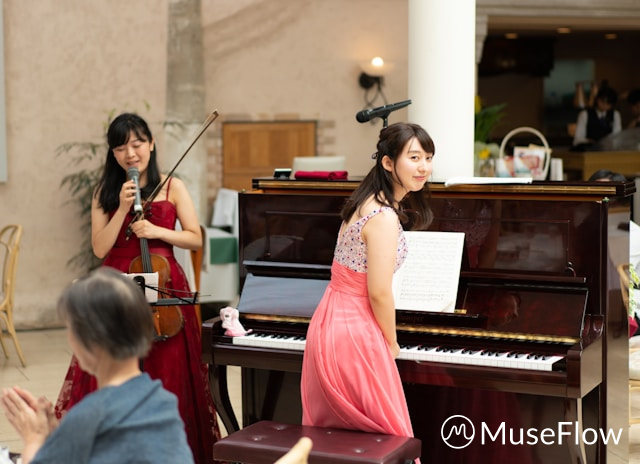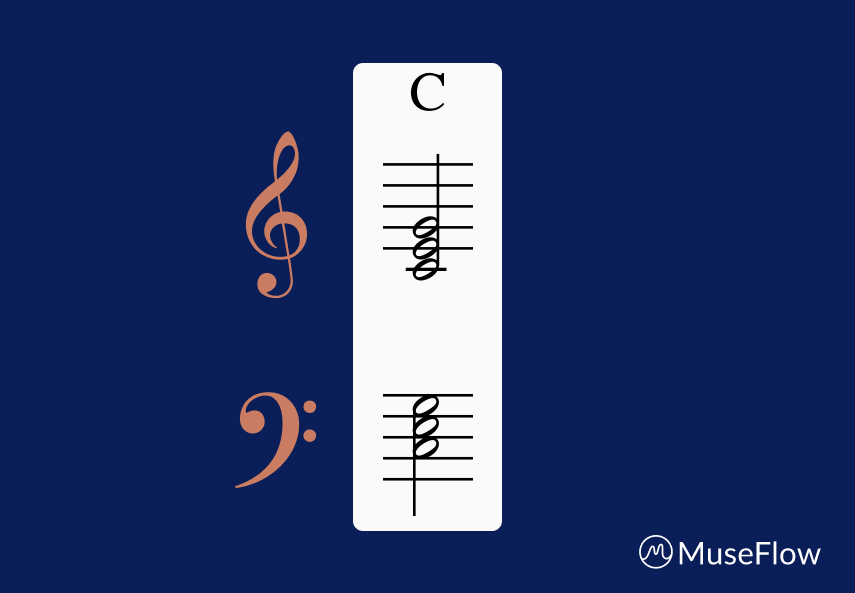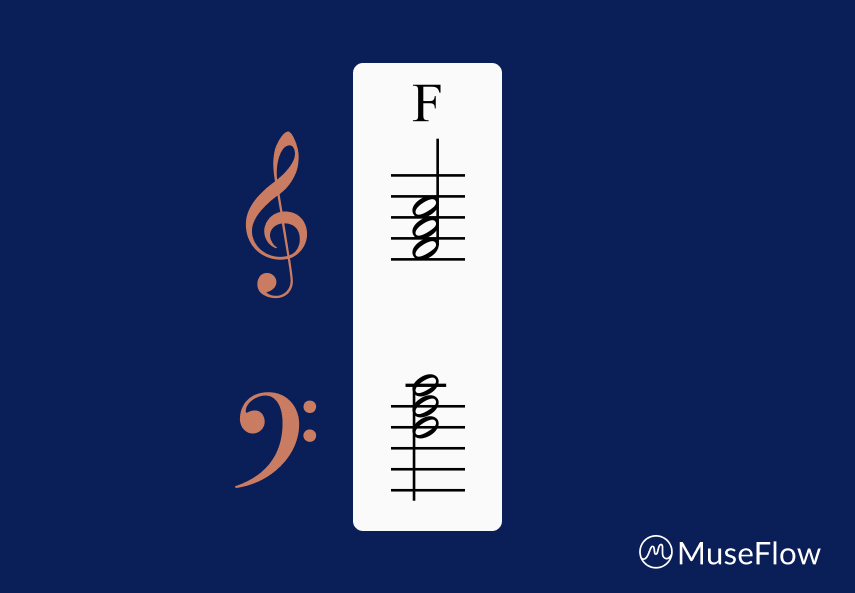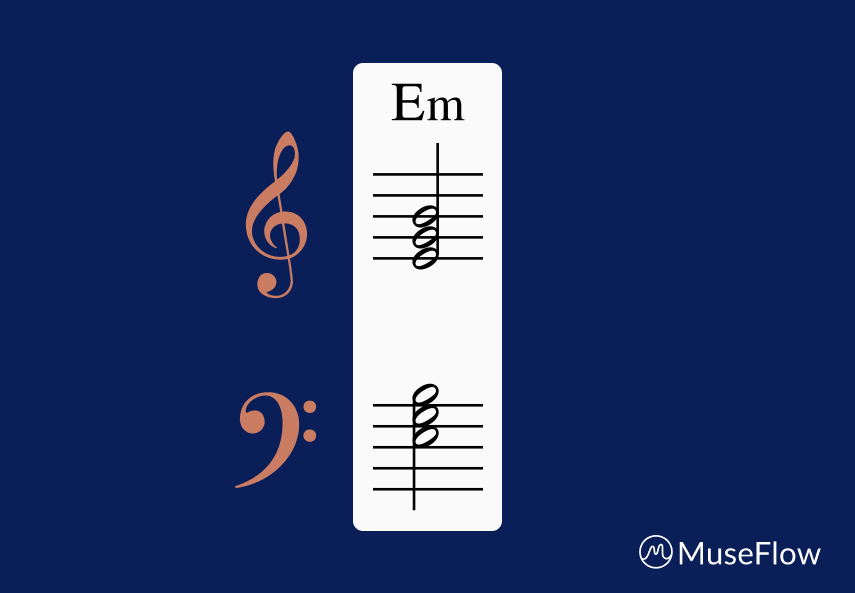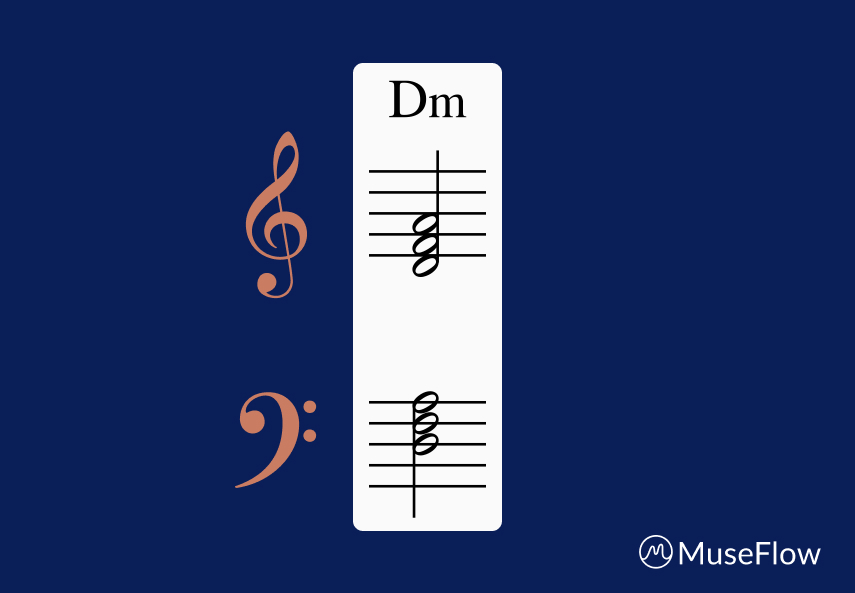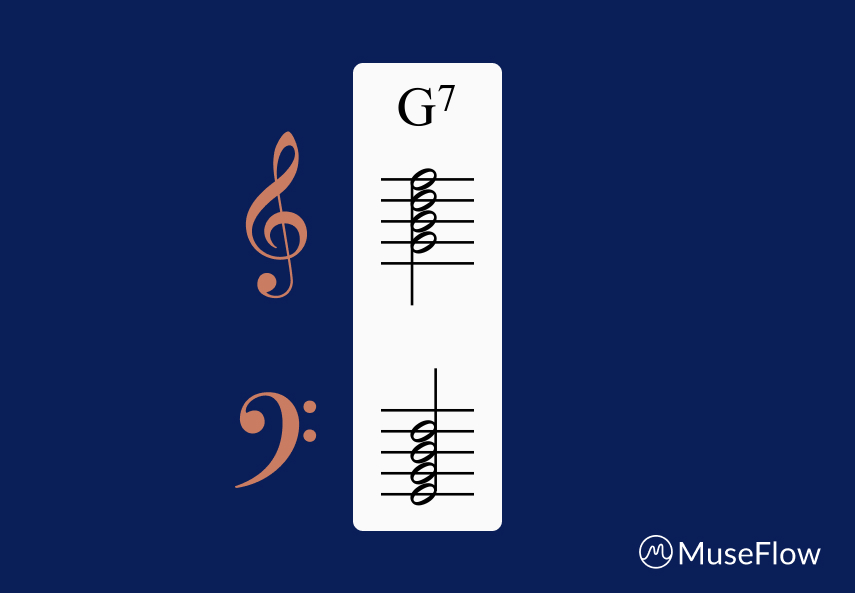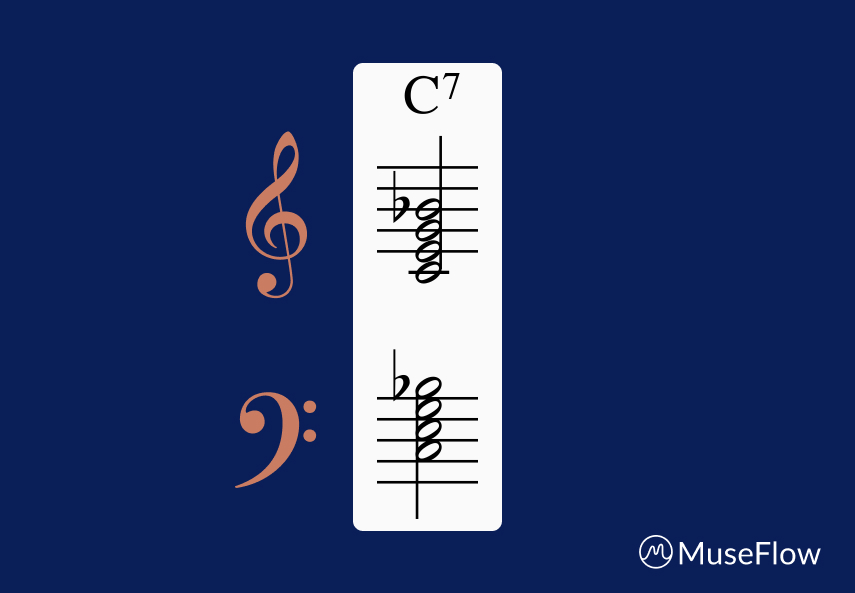Is There A Fun Way To Learn Piano?
Let’s explore what it means to find the joy in learning a new instrument, and ask ourselves is there a fun way to learn piano? We’ll talk about what it looks like to have fun while you learn an instrument, and explore some options to enhance the process for any student.
If you’re interested in trying out our piano education app for yourself, please visit beta.museflow.ai and try MuseFlow for free! Otherwise, continue reading to find out what it’s all about.
What is Flow State?
Flow state is a radical idea coined by the Sociologist and Author Mihaly Csikszentmihalyi. It’s that groove you get into where you're doing a task and you lose track of time. The task is usually just a bit of a challenge, but not too challenging that you feel overwhelmed by the task; just hard enough to keep you moving forward and easy enough to know you’re doing well. A lot of professional athletes and musicians find flow in their work, but we at MuseFlow believe we can also tap into it during the learning process. Even for beginners!


What is Gamification?
Gamification is the application of game-like elements to anything from teaching and learning, to motivating yourself to to the dishes. The old world way of adding game-like elements to an activity involves points and score cards, badges and stars. At MuseFlow, we’ve changed it up a bit by making the entire activity of learning how to play piano a game; not with superficial stars and badges, but by making each new rhythm and note you learn a level that you need to pass.

Once you’ve completed 4 phrases at 95% accuracy at the goal tempo of the level, you pass that level! And are moved onto the next.

This creates an entirely new and fun way to learn piano; not with superficial badges and stars, but by having gamification at the core of the entire method.
What is Immersive Design?
Not a lot of people think about this, but design is incredibly important in making the learning process a success. A stark, boring, bright environment, we’ve found, is not the optimal setting to learn music. Because of that, we’ve made our interface beautiful.
We care deeply about the experience our users go through while exploring and learning with MuseFlow. Thus, we’ve made it a tenant of ours to make everything in MuseFlow as beautiful as possible.


What Is Sight Reading?
Sight reading is the act of reading music at first sight. There are two thresholds in music education - one is what you can play without any practice, the other is what you can play with an indefinite amount of practice. We call the first one the “floor” of your ability, and the second one the “ceiling” of your ability.

Too many teachers and music education methods focus on the ceiling of a student's ability. We at MuseFlow, instead, think a more fun way to learn piano is by focusing on the floor of a student's ability during lessons. Increasing a student's sight reading skill gets them to perfecting the musicality of songs (the fun part of playing songs) faster, instead of spending hours and hours on the technique of simply being able to play the song. That gets boring quickly. It gets frustrating, and students drop out of music lessons because of it.
About 50% of music students drop out of music activities by the time they turn 17. We aim to make that number much smaller.
There hasn’t ever been a way to generate an infinite amount of music at your level of playing.. until now. We at MuseFlow have invented a way to give you music you’ve never seen before, that never repeats, and is at your level. The music continues to generate until you get 4 phrases of music at 95% accuracy. At that point, you’ve successfully mastered that new skill!
Sight reading is the key here. We’re teaching through sight reading, instead of teaching through songs. After you’ve mastered that new skill through sight reading, you then can apply that skill to songs that get unlocked in your repertoire section inside of MuseFlow.
Conclusion: Why MuseFlow?
These are the reasons why MuseFlow is quickly becoming the most fun way to learn piano. Its inventive way of blending sight reading, flow state, gamification, and immersive design allows students to find the joy of learning an instrument better than ever before. With our new approach to music education, we can revolutionize the music education industry for the better.
Try it out for free at beta.museflow.ai. We can’t wait to hear your feedback as we make music education available and engaging to all students!
.svg)

